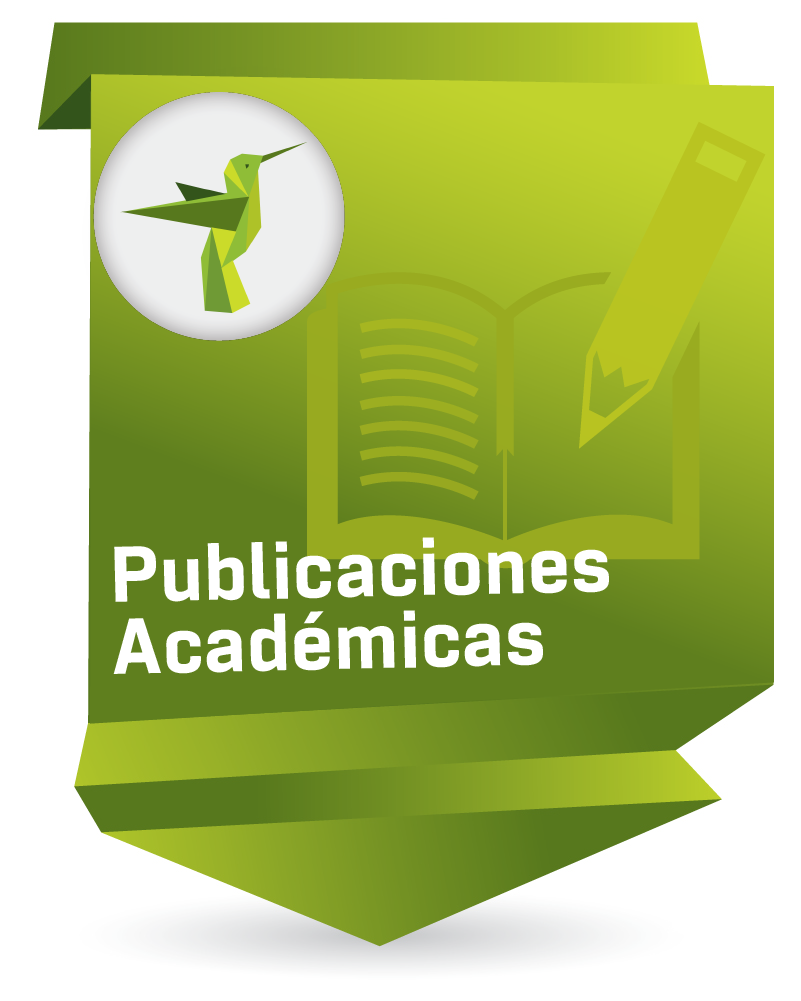Efectividad de un manual de autocuidado para el manejo de síntomas en personas colombianas que viven con VIH

View/
Item Links
URI: http://hdl.handle.net/10818/32338Visitar enlace: http://aquichan.unisabana.edu. ...
Visitar enlace: http://aquichan.unisabana.edu. ...
ISSN: 1657-5997
ISSN: 2027-5374 en línea
Compartir
Statistics
View Usage StatisticsMetrics
Bibliographic cataloging
Show full item recordAuthor
Canaval Erazo, Gladys Eugenia; Valencia-Molina, Claudia Patricia; Burgos Dávila, Delia Concepción; Cossio Duque, AlexandraDate
2017Abstract
Estudio con resultados del nodo Cali, en colaboración con la Red Internacional de Enfermeras Investigadoras en VIH-Sida. Objetivo: medir la efectividad de un manual de autocuidado para el manejo de síntomas por VIH-Sida, comparando frecuencia de síntomas, calidad de vida, adherencia y utilidad del manual en personas con el virus del Sida que usaron el de autocuidado y las que usaron un manual de nutrición. Materiales y métodos: estudio cuasiexperimental con grupo experimental (manual de autocuidado para el manejo de síntomas) y control (manual de nutrición) con 51 personas; mediciones al inicio y a los dos meses. Resultados: los síntomas al inicio fueron 16, igual para los dos grupos. A los dos meses disminuyeron, la diferencia no fue significativa para la comparación entre grupos; se encontró aumento en el puntaje global de calidad de vida de 51 a 54 en el grupo experimental, y de 54 a 56 en el grupo control; la mayor utilidad fue para el manual de autocuidado con 88%, comparado con el de nutrición, 75%. Se reconoce la importancia de diseñar materiales educativos para responder a las necesidades de las personas que viven con el virus del Sida. Conclusión: el manual de autocuidado fue considerado útil por la mayoría de los participantes del grupo experimental. This is a study with results from the Cali node, developed in collaboration with the International Network of Research Nurses focused on HIV-AIDS. Objective: Measure the effectiveness of a self-care manual on how to manage HIV-AIDS symptoms by comparing frequency of symptoms, quality of life, and adherence and usefulness of the manual among people with the AIDS virus who used the self-care manual and those who used a manual on nutrition. Materials and methods: A quasi-experimental study was conducted with an experimental group (a self-care manual for the management of symptoms) and a control group (a nutrition manual). There were 51 participants. Mea-surements were taken at the start and after two months. Results: There were 16 symptoms at the start, which were the same for both groups. They declined after two months. A comparison between the groups showed the difference was not significant. The increase in the overall quality of life score was from 51 to 54 in the experimental group and from 54 to 56 in the control group. The greatest benefit was for the self-care manual, with 88%, compared to the nutrition manual, with 75%. The importance of designing educational materials to respond to the needs of people who are living with the AIDS virus is recognized. Conclusion: The self-care manual was considered to be useful by the majority of the participants in the experimental group.
Ubication
Aquichan Vol. 17, Núm. 4 (2017) p. 401-412
Lugar
Colombia












![[File]](/themes/unisabana//images/mimes/mime.png) Ver portada (1.753Mb)
Ver portada (1.753Mb)




